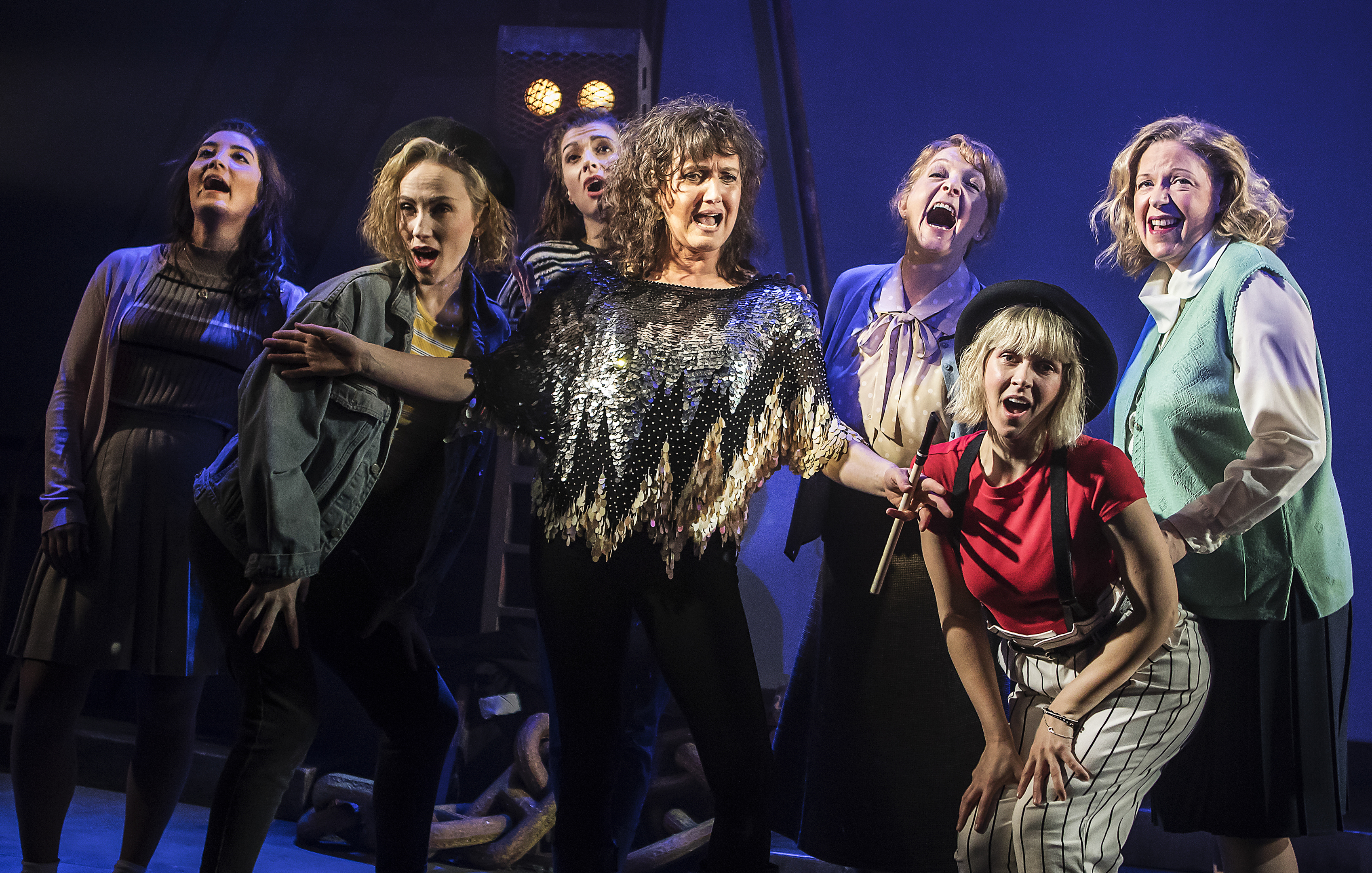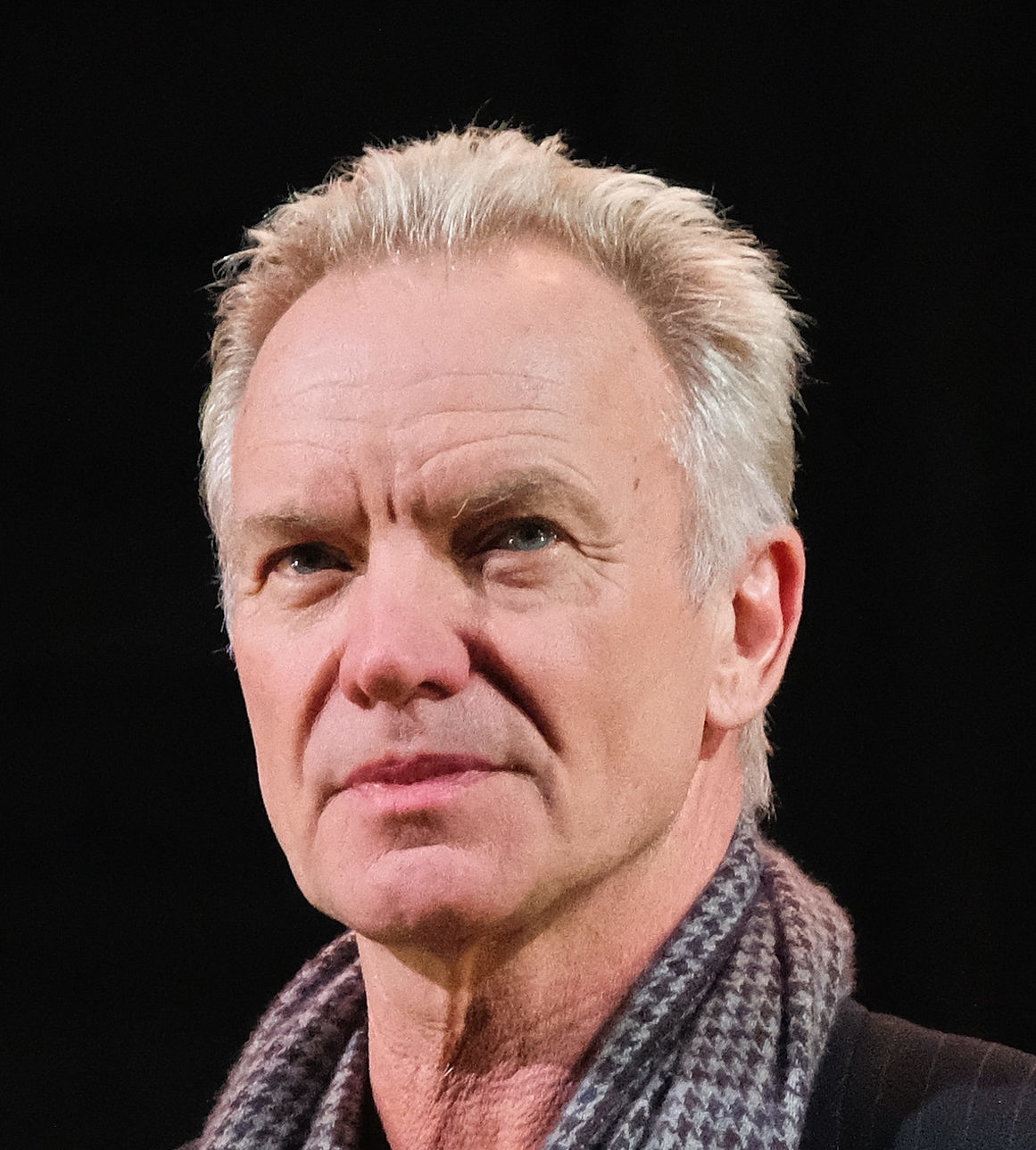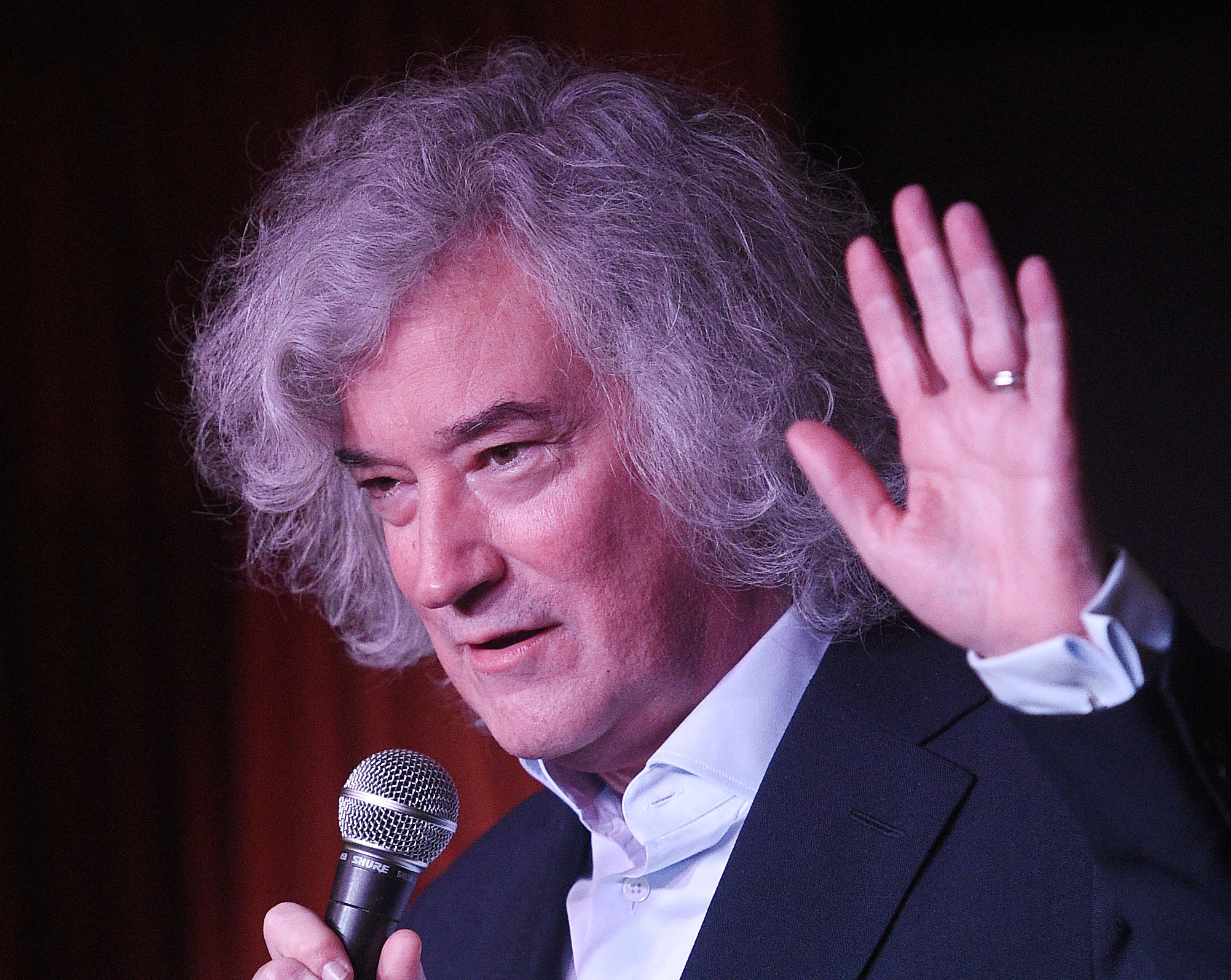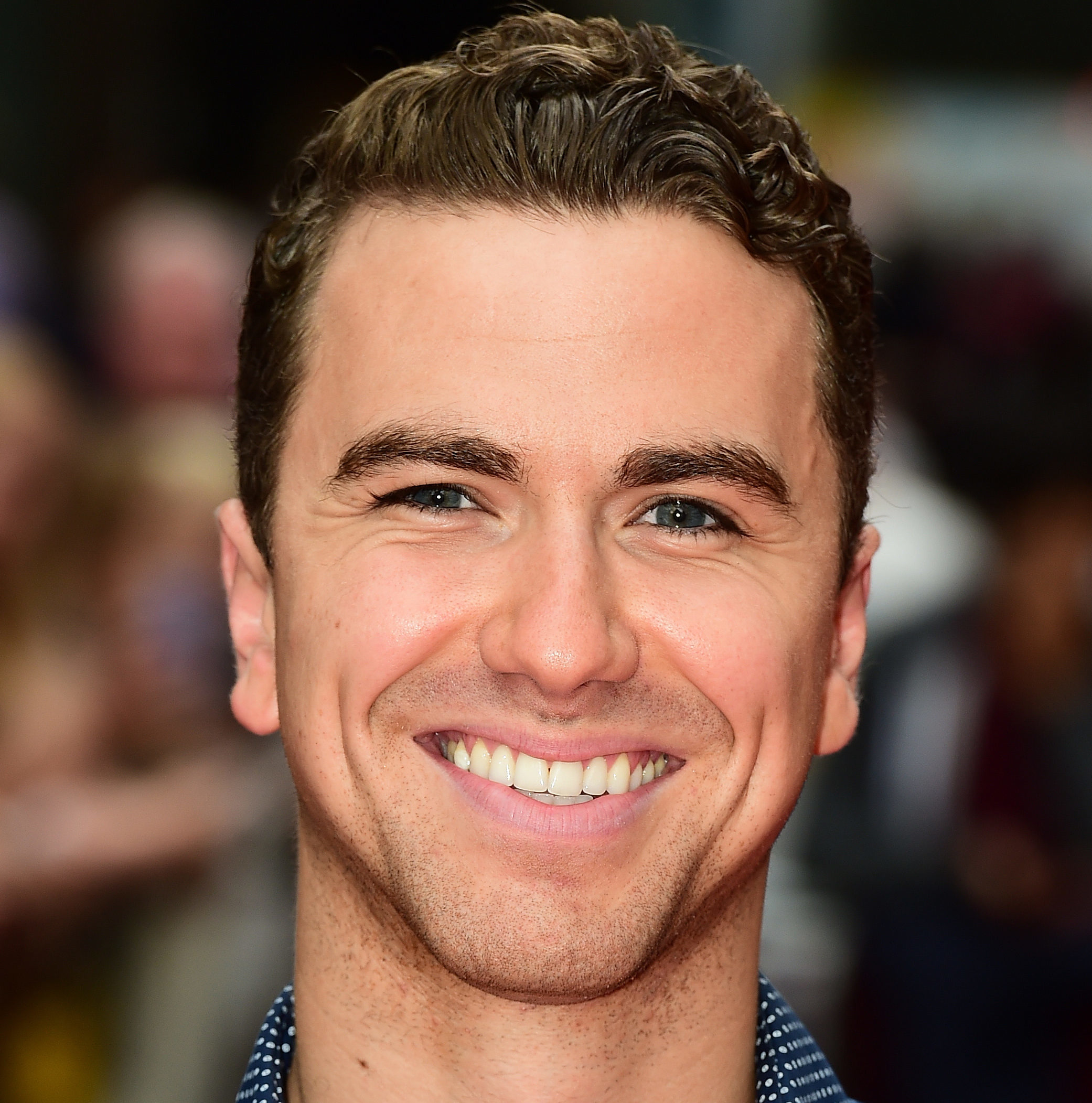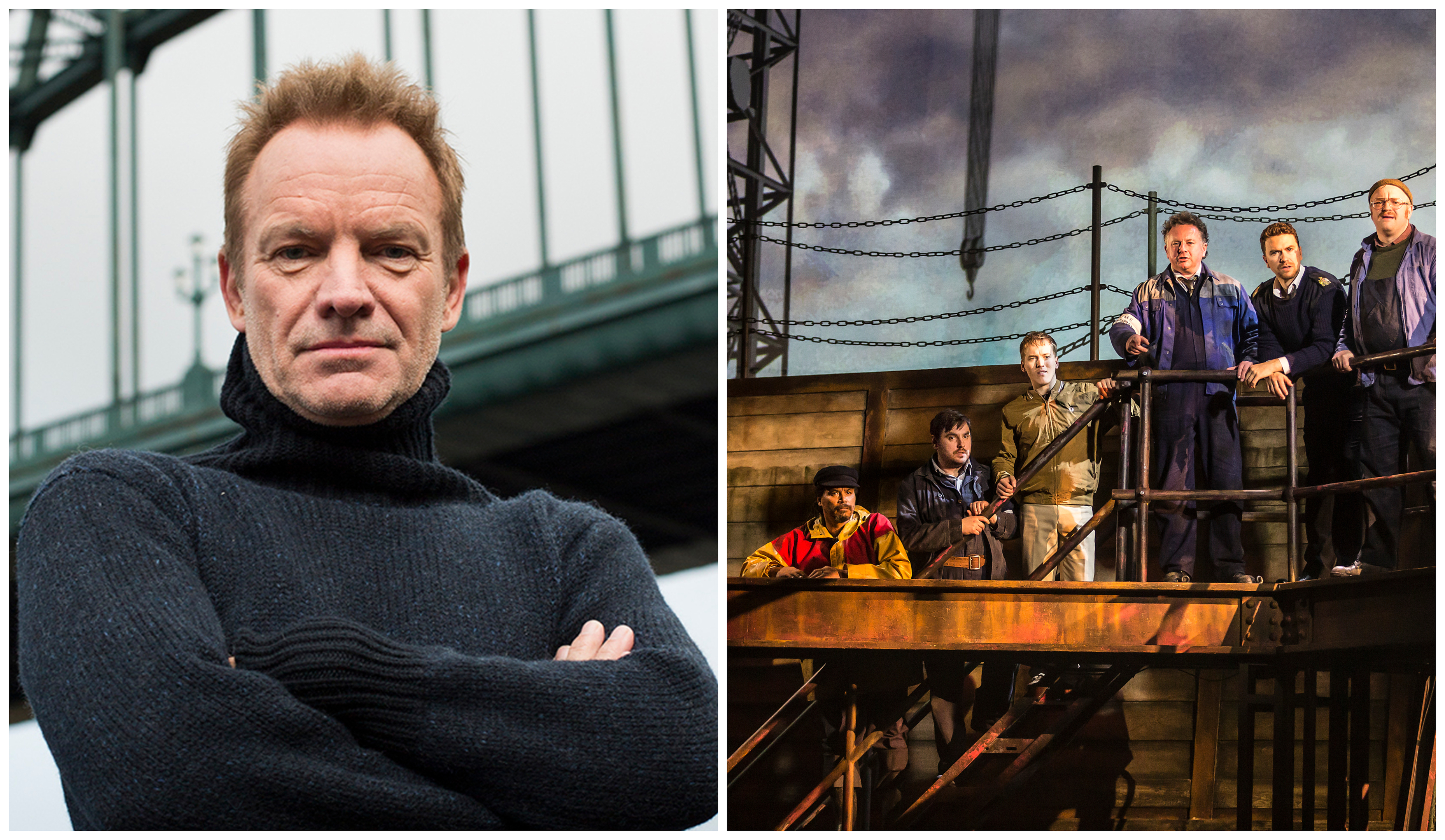
MUSIC legend Sting’s first theatre show, inspired by his childhood, is the story of a community’s defiance when facing the demise of the shipbuilding industry.
With a soundtrack described as some of the best music of Sting’s career and a romantic subplot about childhood sweethearts and the people they grow up to become, The Last Ship has garnered rave reviews since it was re-launched in the UK following a Broadway debut.
It features former Emmerdale star Charlie Hardwick, ex-Corrie actor Richard Fleeshman, The Upper Hand’s Joe McGann and Frances MacNamee under the direction of Edinburgh-born Lorne Campbell.
As it sails in to Edinburgh and Glasgow this month, Sting and members of the cast and crew explain why The Last Ship is so special.
Sting (creator, music and lyrics)
Growing up in the shadow of a shipyard wasn’t something I appreciated at the time.
It was a surreal environment – rather scary, grey, foreboding.
Only in hindsight did I realise it was a really good place to grow up as an artist, because it was such a stimulating place. Giant ships have a symbolism that stayed with me my whole life and ideally placed me to write the story of that community and the shipyards.
I’m very grateful to it, although at the time I was not.
I thought about writing a musical based on the shipyards for a long time because it was such a personal story. My forebears either built ships or sailed in them, so there was a great deal of connection there.
It took me seven years to write but I had been thinking about it 20 years previously to that, so it was definitely a passion project and is the one I’m proudest of in my career.
I went back to my hometown as I was writing it and sought out some of the ex-welders from the yards and basically asked for their permission to do this.
They saw a workshop and gave their notes, and I think I’ve done a good job.
I believe the story has a very important political message.
I don’t think you can take the value of community out of the economic equation and if you do it is short-termism. I think it has a very resonant economic message right now.
Any city that has lost its major industry, like shipbuilding, will understand the wrench a community feels when the aspect that provides its identity and its pride is lost, so I believe the themes will most definitely resonate with the people of Glasgow and Edinburgh.
Karl Sydow (producer)
I’ve known Sting and his wife Trudy for a long time and produced Trudy in a couple of plays.
I saw The Last Ship on Broadway and thought it was fantastic – the music is some of the most beautiful ever written for theatre.
When it finished there, Trudy asked me if I would be interested.
I thought we should take it to Newcastle and work on the book, and Sting jumped at the chance.
Charlie Hardwick (cast, Peggy White)
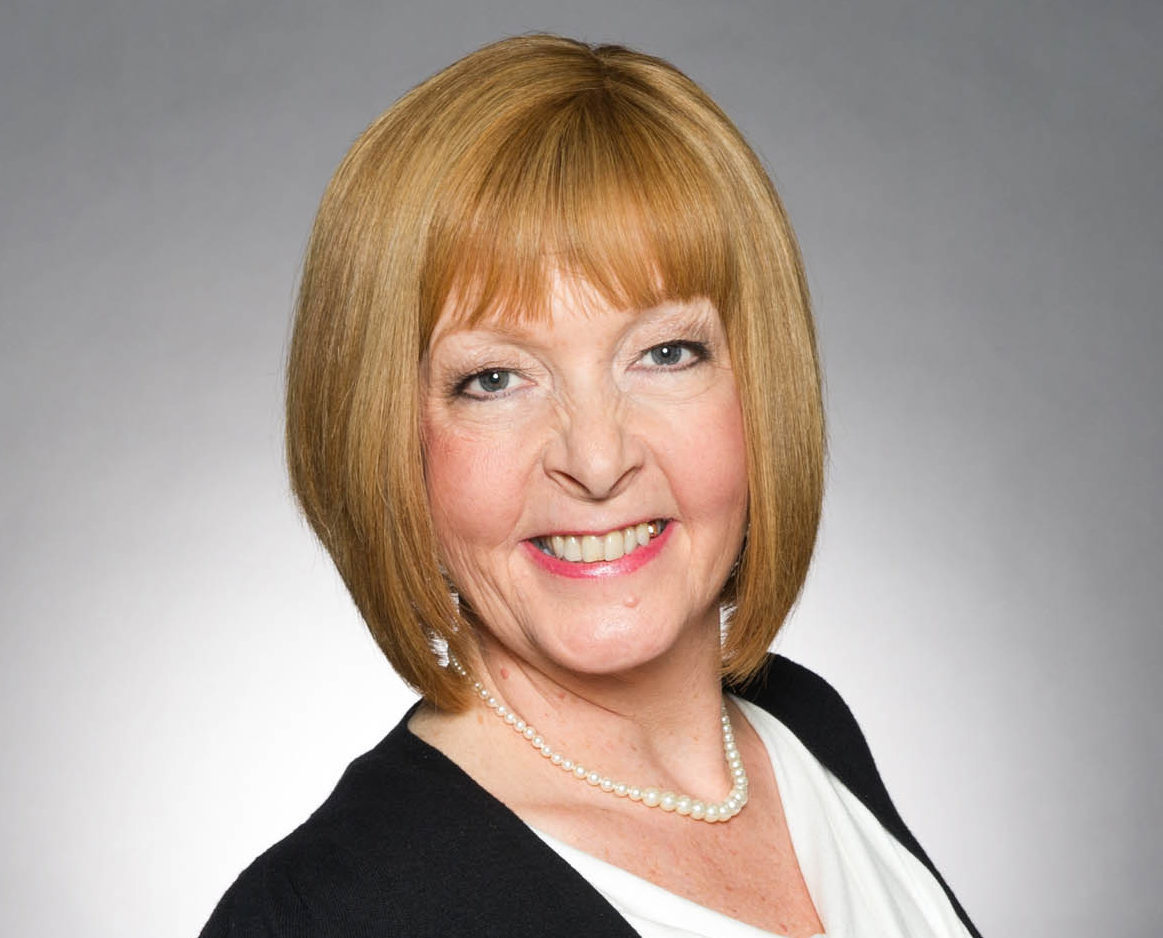
I’m from Wallsend, where the play is set.
When you have a place built around an industry, as Wallsend was, the whole town feels like it closes when the industry shuts.
I workshopped the new script for a week and it felt like an audition.
This feels like my life coming full circle – from joining a youth theatre, the local people encouraging me to study drama at university, to now representing the people of Wallsend in this production.
The older you get, the more your past becomes important to you and Sting has created a love letter to the community that brought him up.
Lorne Campbell (director)
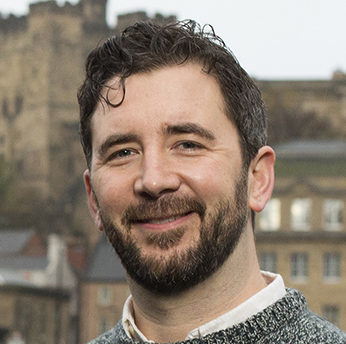
The effects of privatisation, industrialisation and the systemic weakening of trade unions is still being felt across the UK today, and this is a story of the human cost of that change.
It has profound resonance in communities everywhere.
It is a very complex show technically – we have a large cast, a lot of music and some truly remarkable digital and projection works in the design.
Sting is a true perfectionist, always refining, honing and mining the work for new resonances and nuances.
It’s very inspiring to see his passion for the project and how he continues to drive the production to greater heights.
Richard Fleeshman (cast, Gideon Fletcher)
Sting was here every day during the rehearsal. I don’t think anyone would have dreamed someone of his stature would be in a rehearsal room for five weeks. He also comes to each venue for opening night.
I play Gideon, who returns to his hometown after running off to sea as a teenager and leaving the love of his life behind.
The place he returns to is in industrial decline and he has to explain himself to the woman he left.
Russ Spencer (company manager)
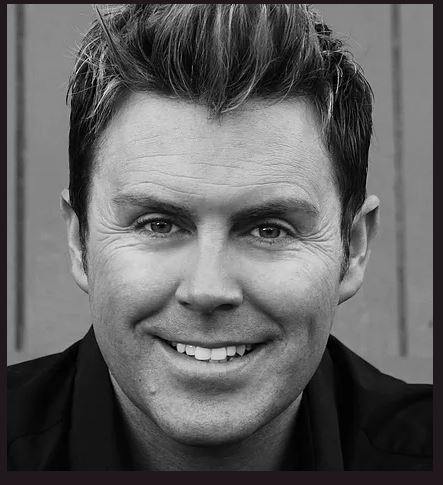
I’ve been involved in the show since the workshops last October.
There are 18 in the cast, plus a touring crew of 10 plus some local workers in each town.
We have a stunning set. When the actors go home on a Saturday evening, the crew work through the night to dismantle it and place it in the trucks.
We need to ensure it is packed in the correct order on the right truck – it’s like a massive game of Jenga.
Joe McGann (cast, Jackie White)
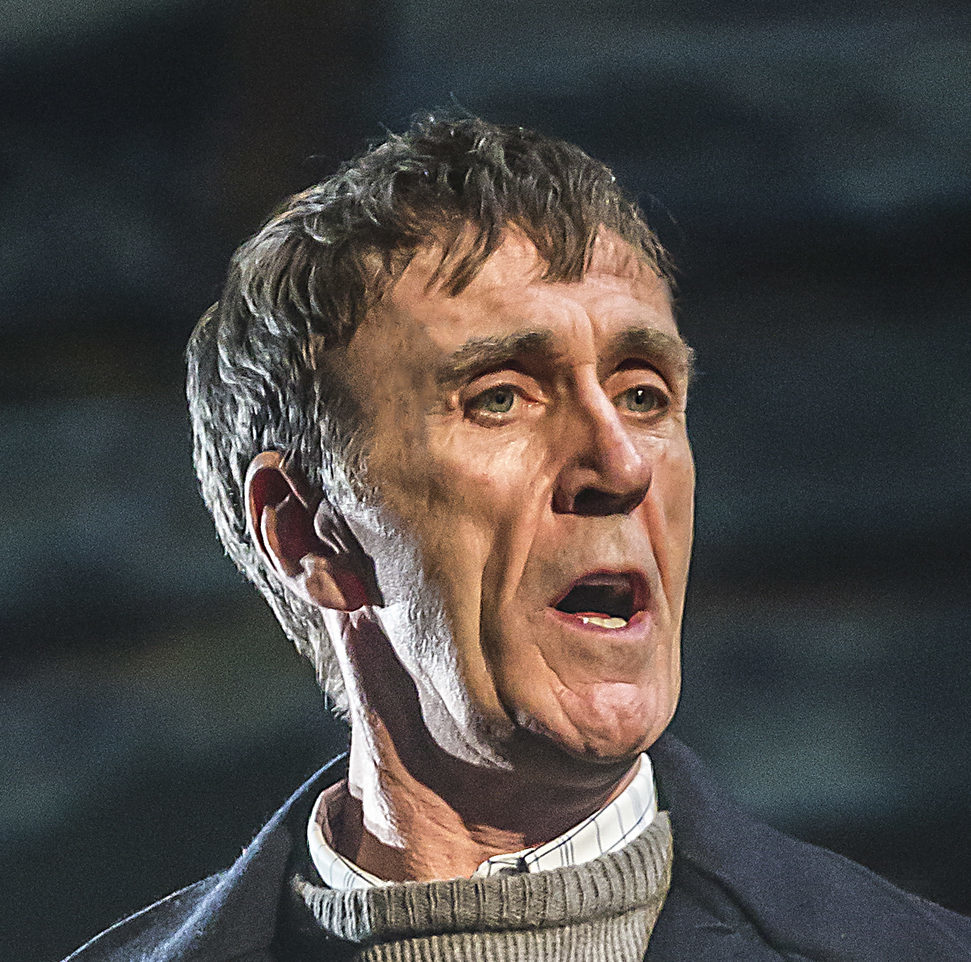
I play Jackie, the foreman of the yard, and a fair and dignified man. He reminds me of men from my childhood – I knew a lot of Jackies.
These types of shows don’t come along often. For a new show to receive standing ovations as we are having, I’ve never known anything like it since I was in the debut of Blood Brothers.
It’s been great to see Sting at work and get to know him. He says this is the hardest thing he has ever done.
Richard John (musical director)
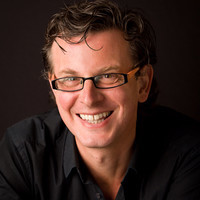
I feel I have to pinch myself, as I’ve been an ardent admirer of Sting’s music since my university days.
Every time he comes along he hears something different and tweaks the arrangements or lyrics. It’s really exciting.
He is also extremely open to discussion and entrusts me – I’ve lost count of the number of emails we have sent back and forth.
Frances McNamee (cast, Meg Dawson)
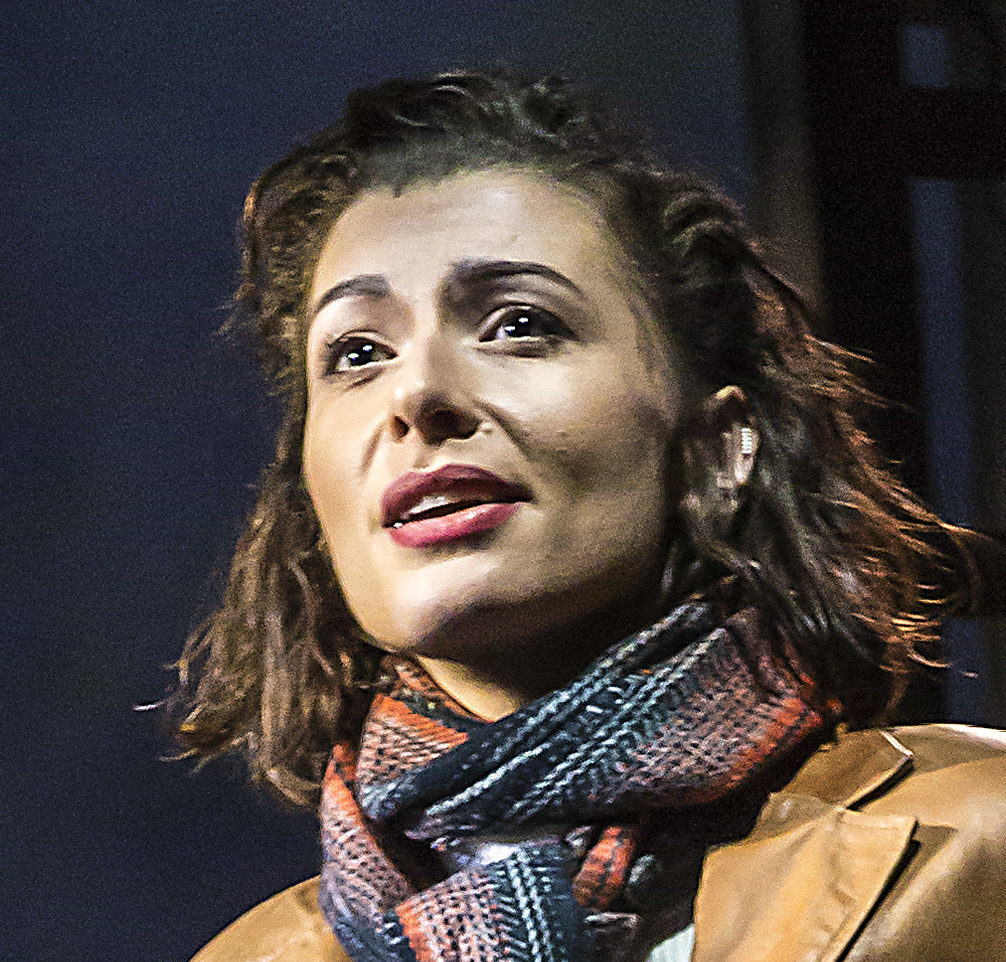
I saw the way the community was affected by the industrial decline in the mining town where I grew up in County Durham.
The story could be seen as dark, but I think there is a really uplifting message and a real defiance.
Audiences leave the show feeling galvanised and powerful, not deflated.
I auditioned for Lorne and Richard, who asked me to come back to sing for Sting.
It was pretty daunting, to be honest, but I couldn’t dwell on it otherwise I wouldn’t have got a note out!
Leo Warner (design director)

It’s rare and incredibly inspiring to have had the opportunity to design the show while sharing a room with Sting, the other originators, and the cast and musicians.
Being in Newcastle and surrounded by the music, we quickly developed an idea of what the design should look and feel like.
One of our most useful research trips was a day in Wallsend. We had a guided tour by a retired shipbuilder around the old Swan Hunter’s shipyard, which gave us a real feel for the materiality, scale and industrial beauty of the shipyards.
The Last Ship, Festival Theatre, Edinburgh, June 12-16 and Theatre Royal, Glasgow, June 18-23.

Enjoy the convenience of having The Sunday Post delivered as a digital ePaper straight to your smartphone, tablet or computer.
Subscribe for only £5.49 a month and enjoy all the benefits of the printed paper as a digital replica.
Subscribe